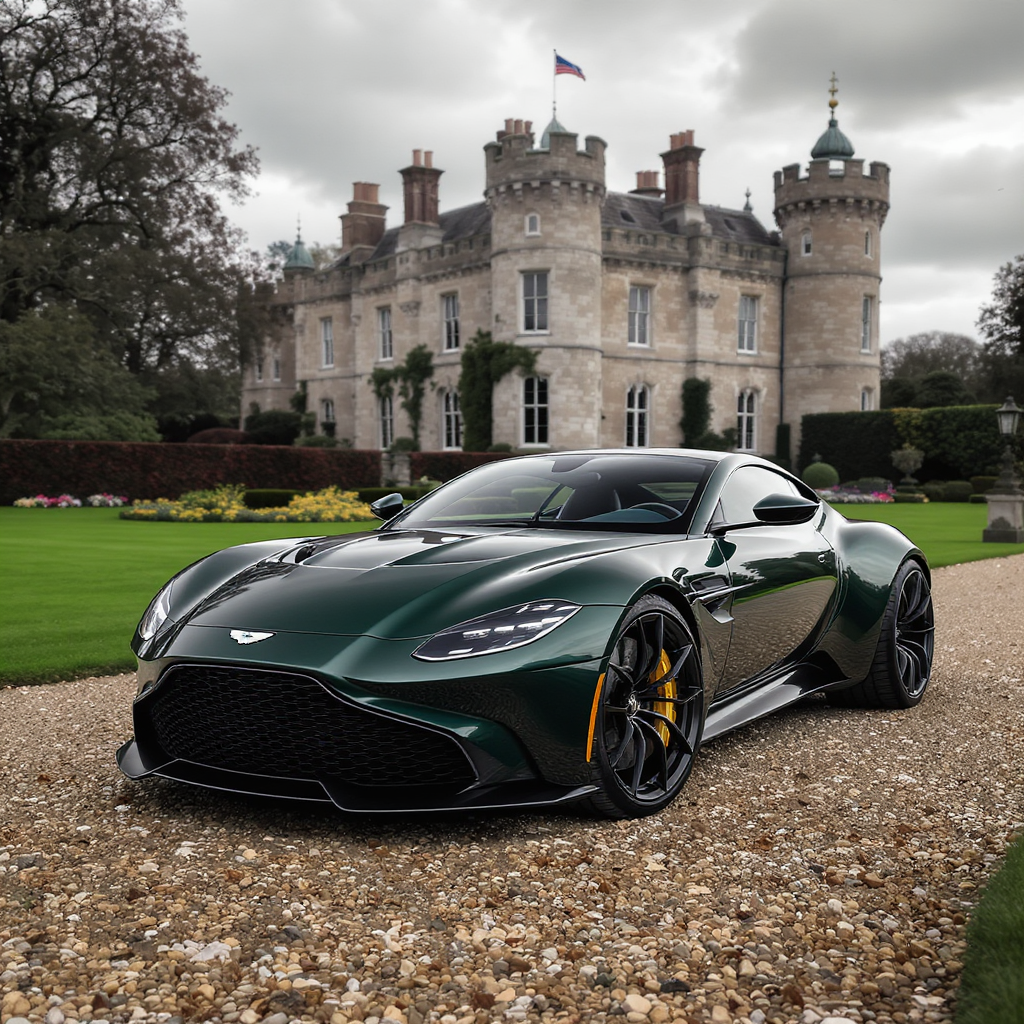
Across the FIA Formula 4 landscape, the past few months have delivered packed grids, polished racecraft, and a steady flow of rising names collecting wins, poles, and attention from top academies. From Italy and Spain’s ultra-competitive paddocks to Britain’s BTCC-supporting weekends and the winter crucible of F4 UAE, the category has reaffirmed its role as the most reliable launchpad from karting to the upper rungs of single-seaters. The stories are consistent: venues steeped in history, teams with heavyweight credentials, and teenagers converting karting pedigree into measured, repeatable speed under pressure.
Formula 4 remains the first FIA-certified stop on the single-seater ladder, and its relevance has only grown as grids swell and the level of preparation rises. In 2024, the series’ regional footprint created a seamless winter-to-summer rhythm: drivers sharpened racecraft in the Gulf before crossing into Europe for national titles. F1 junior programs were ever-present, using F4 as a controlled environment to measure adaptability across different tracks, tire windows, and event formats. The result is a healthier, more standardized proving ground that makes standout performances easier to compare across borders.
Italian F4 maintained its status as the benchmark, mixing classic venues like Imola, Mugello, and Monza with entry lists cresting past 30 cars. Prema, Van Amersfoort Racing, US Racing, and PHM kept the competitive bar high, and Freddie Slater’s bursts of pace became a recurring storyline as he stacked victories and poles for Prema. The quality of the rookie crop was evident in how quickly the front of the field adapted to traffic management and safety-car restarts, converting track position into controlled wins. With multiple teams capable of locking out the front row on any given weekend, execution over raw speed often shaped the podiums.
Spanish F4 again delivered one of the most cosmopolitan grids in junior racing, visiting circuits such as Spa-Francorchamps, Algarve, and Jerez to test a wide range of driver skills. Campos Racing and MP Motorsport anchored the competitive order, with Alpine junior Kean Nakamura-Berta translating top-tier karting credentials into poles and race victories. The series’ emphasis on race management rewarded those who could switch between aggressive overtakes at Portimão and patient, tire-saving drives at Jerez. Consistency underlined the title picture: scoring in all three races of a weekend mattered as much as outright winning.
British F4’s BTCC-aligned calendar continued to offer high-pressure learning on tight, traditional circuits from Brands Hatch to Knockhill. The fight at the sharp end featured multiple teams—including Hitech Pulse-Eight, Rodin Motorsport, and JHR Developments—trading momentum across the summer. Deagen Fairclough and Will Macintyre set much of the pace, while rookie Alex Ninovic impressed with speed that regularly put him in the mix for podiums. The format’s quick turnarounds and variable weather underlined the value of execution: starts, restarts, and sighting-lap decisions often proved decisive.
F4 UAE once more acted as the winter accelerant for Europe-bound campaigns, stringing together five intense events split between Yas Marina and Dubai Autodrome. The fields were enormous and diverse, with R-ace GP, MP Motorsport, Hitech, and others fielding multi-car assaults that kept the front group fluid. Keanu Al Azhari showed home-soil speed, while the likes of James Egozi, Zachary David, and Freddie Slater featured regularly at the sharp end and banked crucial race mileage. For many, the Gulf’s high-grip surfaces and relentless track time set the tone for immediate competitiveness when the European lights went out.
The common thread across these regional battles is how quickly excellence is recognized and rewarded. Slater’s Italian form has already made him a fixture on team shortlists for post-season opportunities, while Nakamura-Berta’s Spanish campaign validated Alpine’s investment in his development. In Britain, Fairclough’s racecraft and Macintyre’s consistency underscored how the series forges complete drivers who can handle traffic, weather swings, and weekend volatility. Meanwhile, Al Azhari’s UAE performances confirmed the winter championship’s status as a kingmaker for confidence and craft heading into spring.
Just as notably, F4’s standardized Tatuus-Abarth platform across major series makes cross-comparison fairer and progression more linear, helping academies calibrate decisions with more data and fewer unknowns. The best evidence is already visible higher up the ladder: recent F4 graduates have turned 2024 opportunities into tangible results in Formula Regional and FIA F3, from Ugo Ugochukwu’s Monaco victory in FRECA to other alumni rapidly becoming podium threats. With teams already structuring winter programs and testing plans around these regional ecosystems, the pipeline looks robust and repeatable. If the past few months are any guide, the next wave of names we are learning in F4 today will be the ones dictating terms in the categories above tomorrow.








